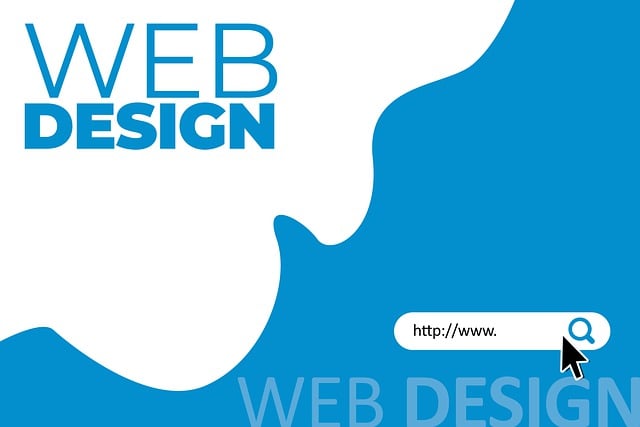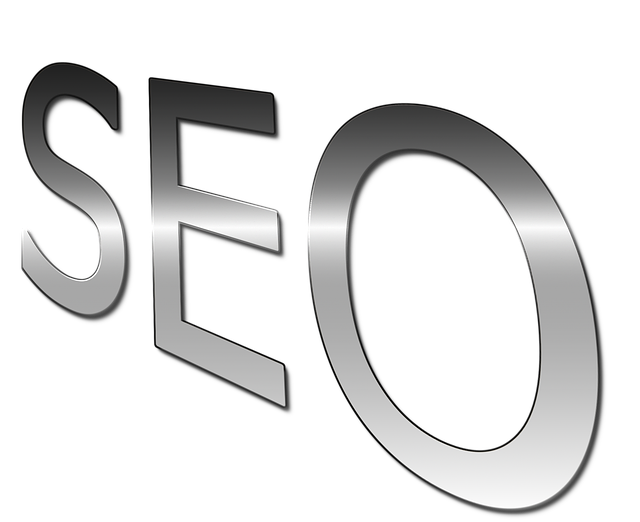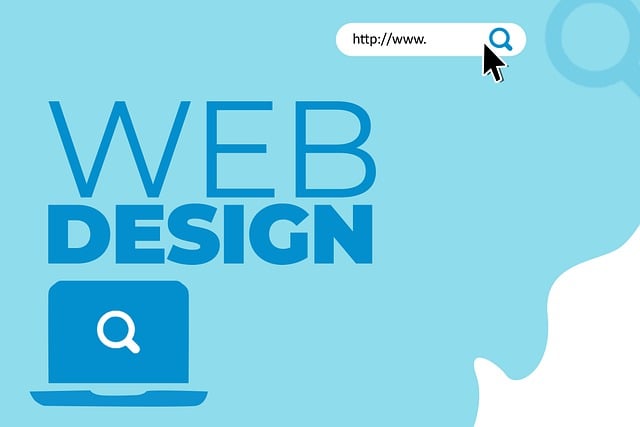SEO web design combines strategic elements like fast loading times, mobile responsiveness, compelling content, and intuitive navigation to attract and retain target audiences. Visual content optimization, user experience (UX) prioritization, mobile-friendliness, effective meta tags, technical optimization, dynamic content updates through CMS, and keyword integration are key components driving search engine rankings, reduced bounce rates, and increased engagement in the digital marketing landscape.
In today’s digital landscape, effective SEO web design is paramount for online success. This comprehensive guide explores the intricate relationship between search engine optimization (SEO) and website design, revealing key strategies to elevate your site’s visibility. From structuring content effectively to enhancing user experience and optimizing for mobile, we delve into essential practices that drive better search rankings. Discover how leveraging meta tags, managing content, and addressing technical aspects contribute to a robust SEO web design strategy.
Understanding the Connection Between SEO and Web Design

In the realm of digital marketing, the synergy between SEO (Search Engine Optimization) and web design is undeniable. A well-designed website that incorporates SEO best practices is like a perfectly crafted symphony—each element harmonizes to drive organic traffic and enhance user experience. Web design isn’t merely about aesthetics; it’s a strategic tool to capture and retain the attention of your target audience, who are often navigating through countless options in search results.
When SEO and web design work in tandem, they create a powerful force. Optimizing website structure, ensuring fast loading times, implementing responsive design for mobile users, and crafting compelling content—all these aspects contribute to search engines’ ability to index and rank your site higher. Moreover, user-friendly navigation and engaging visual elements keep visitors engaged, reducing bounce rates and encouraging them to explore more of your online offerings, thereby signaling to search algorithms that your site is valuable and relevant.
Key Elements of Effective SEO-Oriented Website Structure

An effective SEO-oriented website structure is a cornerstone for boosting online visibility and driving organic traffic. It starts with intuitive navigation that allows users and search engines alike to easily explore and understand the site’s content hierarchy. Well-organized categories, clear menu labels, and a logical flow of pages ensure visitors can find what they’re looking for without getting lost.
Moreover, SEO web design involves optimizing individual page elements. This includes using descriptive URL structures that include relevant keywords, creating compelling meta titles and descriptions that entice clicks, and incorporating keyword-rich content that satisfies user search queries. Internally linking related pages also helps distribute link equity throughout the site, signaling to search engines which content is most valuable.
Optimizing Visual Content for Better Search Engine Visibility

In modern SEO web design, optimizing visual content is crucial for enhancing search engine visibility. Images, graphics, and videos play a significant role in user engagement and can significantly boost your website’s ranking if properly integrated. Search engines utilize alternative text (alt text) to understand the context of visual elements, so ensuring that each image has descriptive and relevant alt tags is essential. These tags not only help visually impaired users but also act as cues for search engine crawlers, allowing them to index your media content effectively.
Additionally, optimizing visual assets for faster loading times contributes to a better user experience and improves SEO. Compressing images without compromising quality reduces their file sizes, leading to quicker page loads. This is particularly important for mobile users, who now constitute the majority of internet traffic. Search engines favor websites that provide quick access to content, and visually optimized pages can significantly impact your site’s performance in search results.
The Role of User Experience (UX) in SEO Strategy

In the realm of SEO web design, User Experience (UX) plays a pivotal role in achieving top search engine rankings. A well-crafted UX ensures that visitors find what they’re looking for quickly and effortlessly on a website, leading to lower bounce rates and longer session durations. This, in turn, signals to search engines like Google that the site is valuable and relevant, boosting its SEO performance.
Effective UX design involves intuitive navigation, fast loading times, mobile responsiveness, and visually appealing layouts. These elements not only enhance user satisfaction but also encourage engagement, encouraging visitors to explore more pages and interact with content. Such behavior patterns send positive signals to search algorithms, indicating that the site offers a rich and useful experience, thereby influencing SEO web design strategies significantly.
Best Practices for Mobile-Friendly SEO Web Design

In today’s digital era, mobile-friendly SEO web design is no longer a consideration—it’s a necessity. With the majority of internet traffic coming from smartphones and tablets, search engines prioritize websites that offer seamless experiences across all devices. To achieve this, designers should embrace responsive design, ensuring your site adapts gracefully to different screen sizes and orientations. Fast loading times, clear navigation, and optimized content are key aspects to focus on. Using media queries for layout adjustments and optimizing images for faster downloads can significantly enhance mobile user experience.
Additionally, prioritizing content accessibility ensures your site is inclusive and reaches a broader audience. Following Web Content Accessibility Guidelines (WCAG) can improve SEO rankings while making your website usable for people with disabilities. Simple practices like providing alternative text for images, ensuring proper heading structures, and using semantic HTML elements contribute to better crawlability and indexability by search engine bots. Remember, mobile-friendly SEO web design isn’t just about optimization; it’s about creating a user-centric experience that keeps visitors engaged and encourages them to explore further.
Leveraging Meta Tags and Descriptions for Enhanced Search Rankings

In the realm of SEO web design, meta tags and descriptions play a pivotal role in enhancing search rankings. These HTML elements provide search engines with crucial information about the content on a webpage, acting as a bridge between your site and potential visitors. By leveraging meta titles that are both descriptive and keyword-rich, you can capture the essence of your page while enticing users to click through from the search results.
Furthermore, meta descriptions offer a brief yet compelling overview of what users can expect from clicking on a particular link. Crafting persuasive meta descriptions that incorporate relevant keywords can significantly impact click-through rates (CTR), thereby influencing both user experience and search engine algorithms. Ultimately, integrating these SEO best practices into your web design strategy contributes to better visibility and higher rankings in search engine results pages (SERPs).
Technical SEO Considerations for Optimal Website Performance

In the realm of SEO web design, technical considerations are paramount for achieving optimal website performance. A well-structured site with efficient coding practices ensures search engines can easily crawl and index content, leading to better visibility in search results. HTML markup that is clear, logical, and semantically correct helps search engine algorithms understand the context and intent behind each page, boosting the site’s authority and relevance.
Additionally, optimizing website speed is a crucial technical SEO aspect. Faster loading times not only enhance user experience but also signal to search engines that your site is efficient and trustworthy. Efficient image compression, leveraging browser caching, and minimizing HTTP requests are some strategies to implement for faster page loads. These techniques, integrated into the design process, contribute significantly to a website’s overall SEO health, ultimately driving better online performance.
Regular Updates and Content Management for Continuous SEO Improvement

In the dynamic landscape of SEO web design, regular updates and content management are pivotal for continuous optimization. A well-designed website that remains static quickly falls behind in search engine rankings due to the ever-evolving algorithms and user preferences. Dynamic content, on the other hand, signals to search engines that a site is active, engaged, and valuable, enhancing its SEO standing. Regular updates can include freshening up old content with new information, adding relevant keywords, and optimizing meta tags—all strategies that keep search engine crawlers intrigued.
Content management systems (CMS) facilitate this process by providing user-friendly interfaces for easy updates without requiring coding knowledge. This not only empowers website owners to keep their SEO efforts current but also ensures consistency in branding and messaging. By integrating best practices for content creation and regularly reviewing analytics data, website owners can make informed decisions that drive organic traffic and improve user experience—key factors in the successful implementation of SEO web design strategies.
